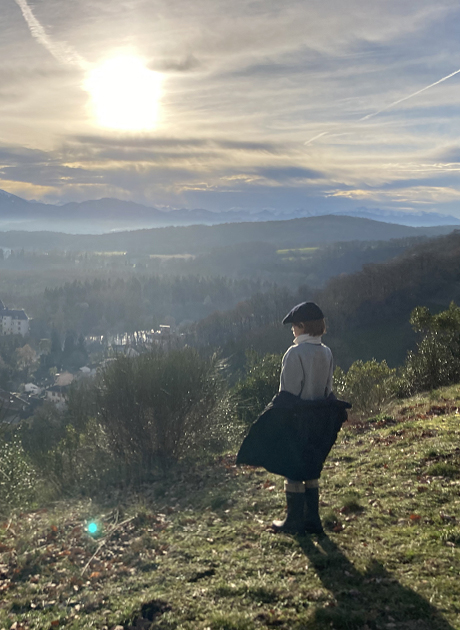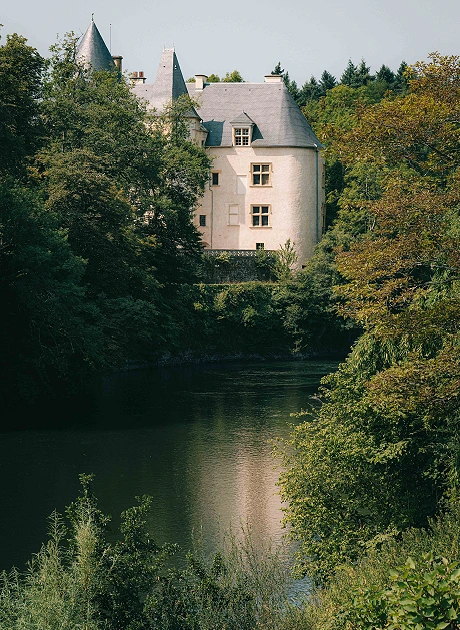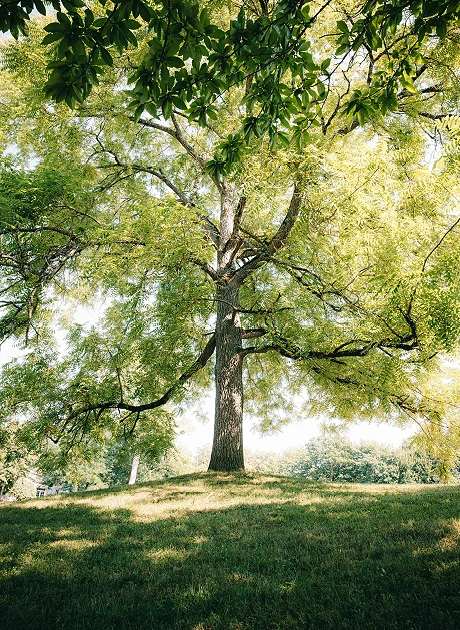FIVE CENTURIES
OF HISTORY
OF HISTORY



Whether you wish to celebrate a wedding, organize corporate events, spend time with family or friends, or for cycling enthusiasts who want to tackle the famous legendary passes of the central Pyrenees, Chateau Saint-Martory offers packages tailored to your needs.